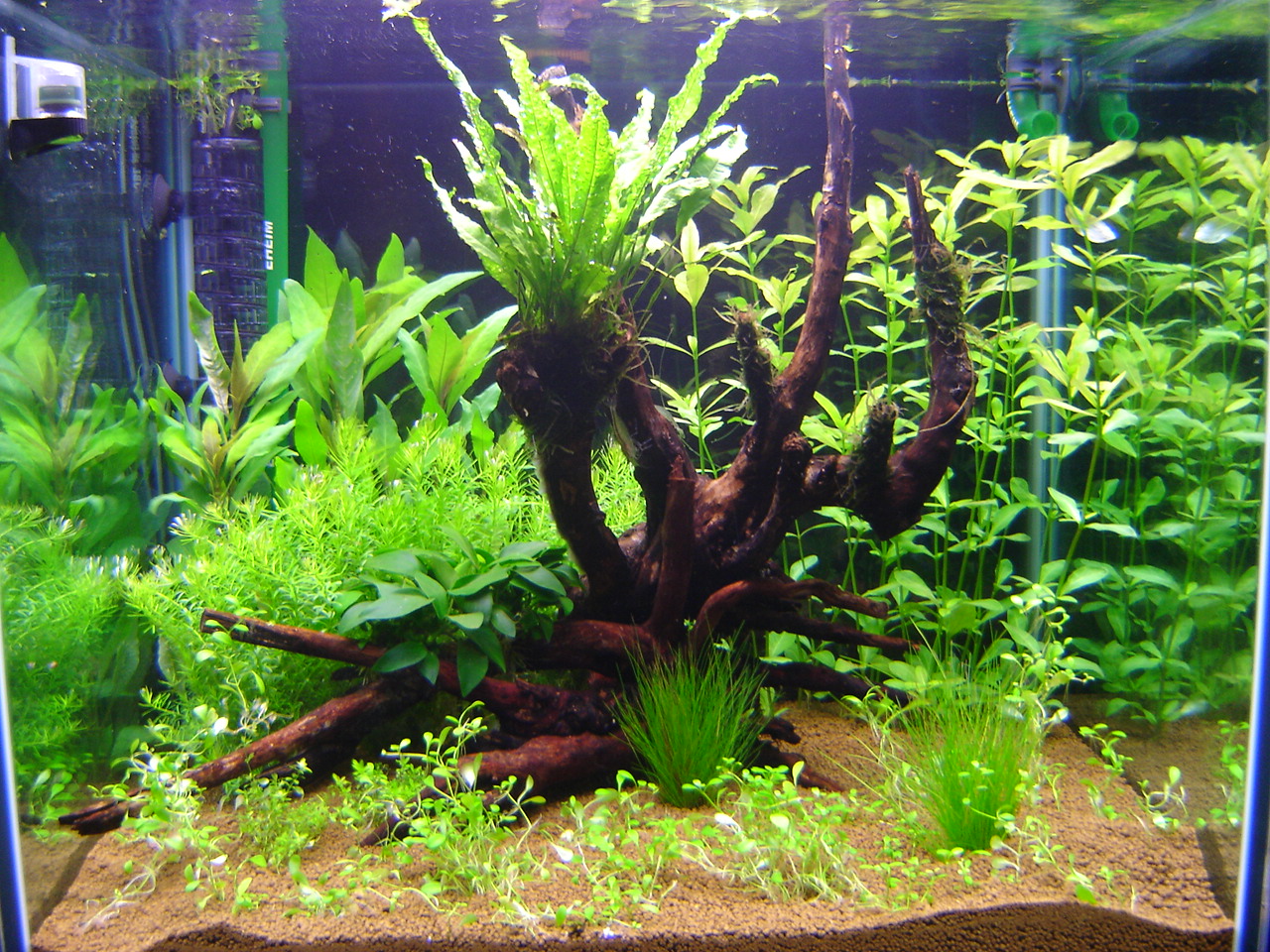Introduction to the planted aquarium
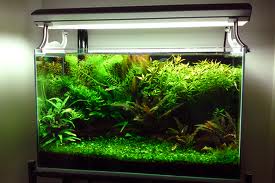
Aquatic plants exist in almost every biotope that we may attempt to recreate at home in our aquariums. In nature, these plants play an important role in the removal of nutrients from rivers and streams. It therefore makes sense that we utilise these benefits, and at the same time, use plants to create both stunning and natural looking aquariums.
Different plant species often have varied requirements such as water hardness, ph, temperature and lighting. We should, therefore, choose plants that suit the conditions of our own particular aquarium.
When selecting our plants we need to consider the following:
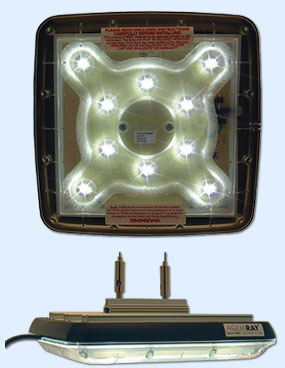
Some plants will thrive under low to moderate light levels. These plants will suit most aquarium kits available today without the need to upgrade the lighting systems. Others plants, including carpeting foreground species, require more intense illumination which may mean an upgrade to T5 high output fluorescent lamps, metal halide pendants or even the latest energy-efficient LED lighting systems. Stronger lighting will also help to encourage deep red pigmentation in many stem plants, although it should be noted that, with these increased lighting levels it is important to maintain optimum carbon dioxide (CO2) levels.
In nature CO2 is produced by every biological process, unfortunately, in an enclosed aquarium the CO2 available is insufficient to meet the growing demands of our plants. Low levels of CO2 can also be linked to nuisance algae growth. If the plants are not growing due to a CO2 deficiency, then algae may thrive on any remaining nutrients. For many years dedicated aquarists have used CO2 fertilization systems to supplement CO2 levels, and these are now readily available to the hobbyist. Introductory kits such as simple fermentation canisters offer an economical choice for beginners; however, pressurised systems provide a more precise control. A pressurised system enables us to regulate the amount of CO2 produced and allows us to switch off the CO2 supply at night using a magnetic solenoid valve. Dosing during the hours of darkness is unnecessary as the plants CO2 uptake is reduced. Using a plug-in timer in conjunction with the solenoid valve will offer a completely automated system.
CO2 fertilization has revolutionised the planted aquarium hobby. With the addition of CO2, creating the incredible aquascapes we see in books and magazines can now become a reality.

As with garden or house plants, aquatic plants take some nutrients through their root system. The only nutrients to be found in aquarium gravel are those built-up from decomposing organic matter and these are quickly exhausted by fast-growing plants. It is far better to use a specially formulated substrate or a substrate-enricher, usually in tablet or granular form. This is a particularly useful method if the aquarium is already established. When installing a new aquarium we have the opportunity to start with the best possible substrate. A good choice will provide a growing medium that roots can easily penetrate, a source of nutrition and an attractive base to compliment your plants
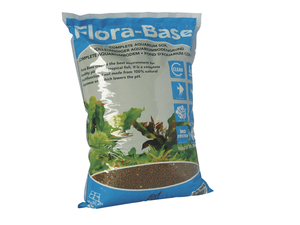
Fertiliser:
Plants also absorb nutrients through their leaves. Essential elements such as Iron, contribute to healthy colour and vigorous growth. Liquid fertilisers can be added weekly or, in some instances, daily to ensure a constant supply of nutrients which are quickly used up or broken down.
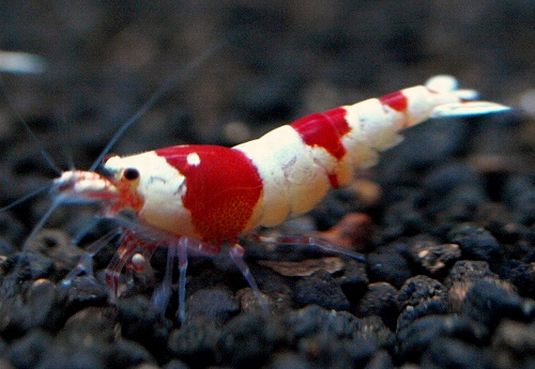
Careful consideration should be taken when selecting fishes for the planted aquarium. Many common aquarium fish such as barbs and some gouramis are voracious plant-eaters, others including most cichlids and catfish may dig in the substrate and up-root plants. Ideal species include small shoaling fish such as tetras,rasboras and danios together with dwarf suckermouth catfish (otocinclus sp.) and nerite snails which are excellent for controlling algae without damaging the plants.
As well as equipment, we receive regular deliveries of quality live plants from our growers in Holland and elsewhere. We can also obtain many other varieties on request by placing a special order with our suppliers.
